Wedding Budget: How to Plan and Save Without Cutting Fun
Planning a wedding is exciting, but the numbers can scare you. The first step is to know exactly how much you can spend and then break it down into categories. Write down every cost you expect – venue, dress, photos, food, flowers, and the little things like invitations. Seeing it on paper helps you spot where you might be able to shrink the list.
Set a realistic budget and stick to it
Start with a total amount that feels comfortable. Talk with anyone who’s helping pay, like parents or partners, and agree on a number. Then allocate a percentage to each part. For example, many couples spend 30‑40% on the venue, 10‑15% on the dress, and 20‑25% on photos. If a category looks too big, move money around before you book anything.
Use a simple spreadsheet or a budgeting app. Update it every time you get a quote. When a vendor gives a price, compare it to your plan. If it’s over, ask if there’s a cheaper option or if you can cut something else.
Save on the big‑ticket items
The dress is often the first thing people think about. Our post “How Much Should a Bride’s Dress Cost?” shows that you can find beautiful gowns for far less than the average price if you shop smart. Look for sample sales, rent a dress, or consider a less‑known designer.
Photos can be pricey too. The article “How Many Hours Should You Book Your Wedding Photographer?” explains that you don’t need a full day of coverage. Focus on the ceremony, key moments, and a short reception shoot. A second photographer isn’t always necessary – our guide “Do You Really Need Two Photographers for Your Wedding?” breaks down when a single photographer can do the job.
If you love cake, think about alternatives. Our “Wedding Cake vs Cupcakes” piece shows that cupcakes can cost a lot less while still looking great. Or ask a local bakery for a small cake and a dessert table.
Don’t forget the small stuff. Invitations, for example, can add up fast. The checklist in “What Should Wedding Invites Include?” helps you decide what you really need on the card and what you can leave out. Choose matte paper over glossy if it’s cheaper, and use digital RSVP options to save on postage.
Finally, keep an eye on hidden costs. Travel fees, extra décor, and last‑minute changes can blow up your budget. Build a 5‑10% buffer for surprises. When the day arrives, you’ll be glad you have a little wiggle room.
Remember, a wedding is about you and your partner, not how much you spent. Stick to the plan, be flexible, and you’ll have a beautiful day without the financial stress.
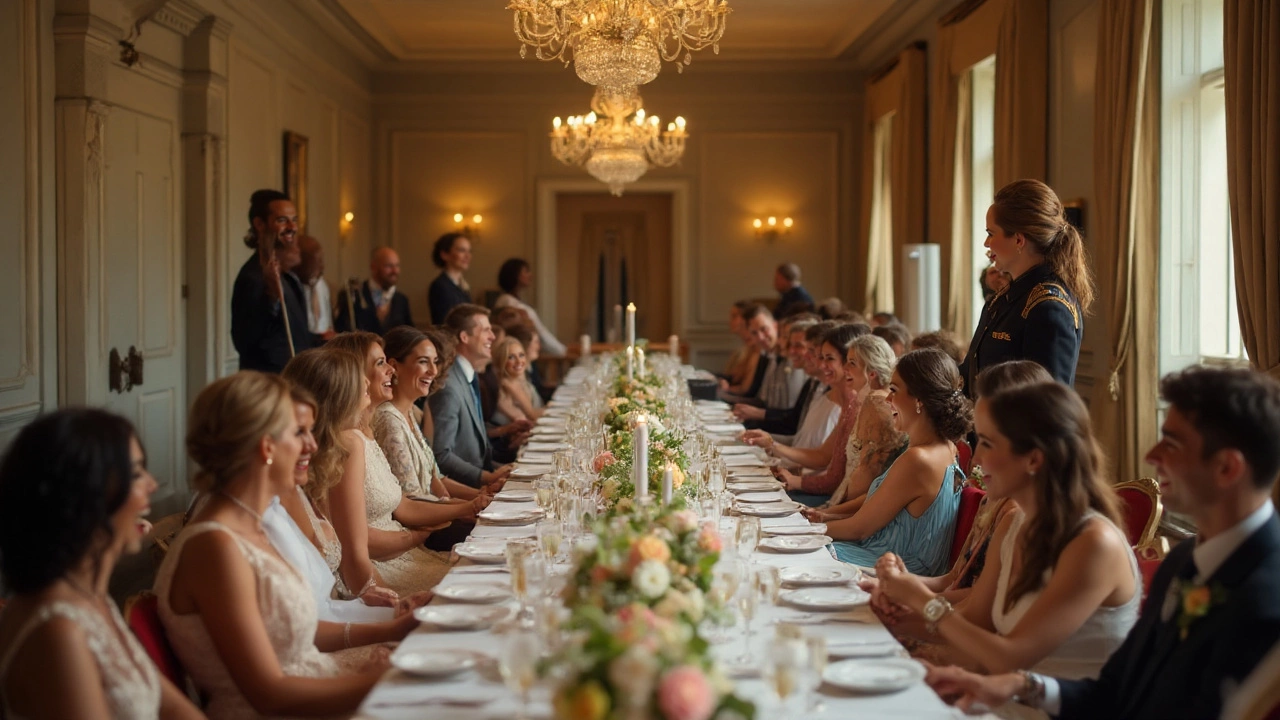
- Aug, 6 2025
- Comments 0
Is $30,000 Enough for a Wedding? Real Costs, Tips, and Smarter Planning

- Jul, 16 2025
- Comments 0
Who Should Pay For a Wedding? Etiquette, Modern Traditions & Practical Tips
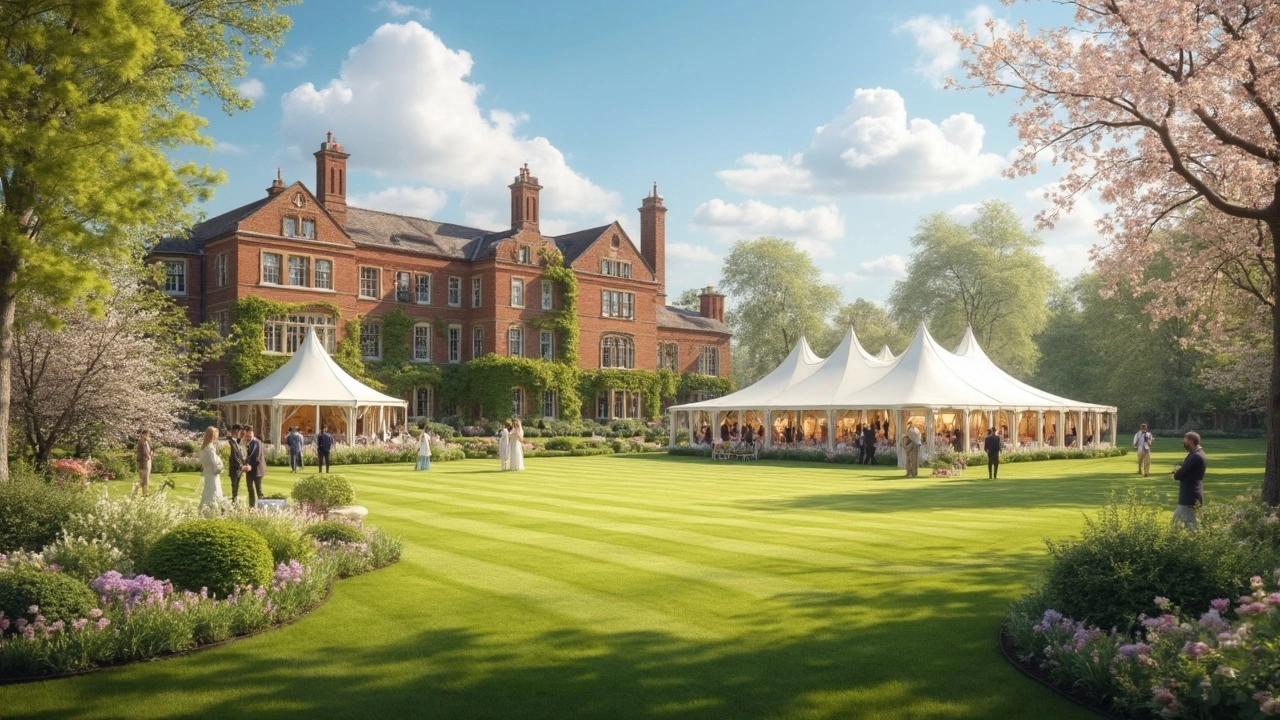
- Jun, 27 2025
- Comments 0
What Is the Biggest Expense in a Wedding? How to Plan for Costs in 2025

- Jun, 6 2025
- Comments 0
Is $10,000 a Good Wedding Budget? Venue Talk and Real Numbers
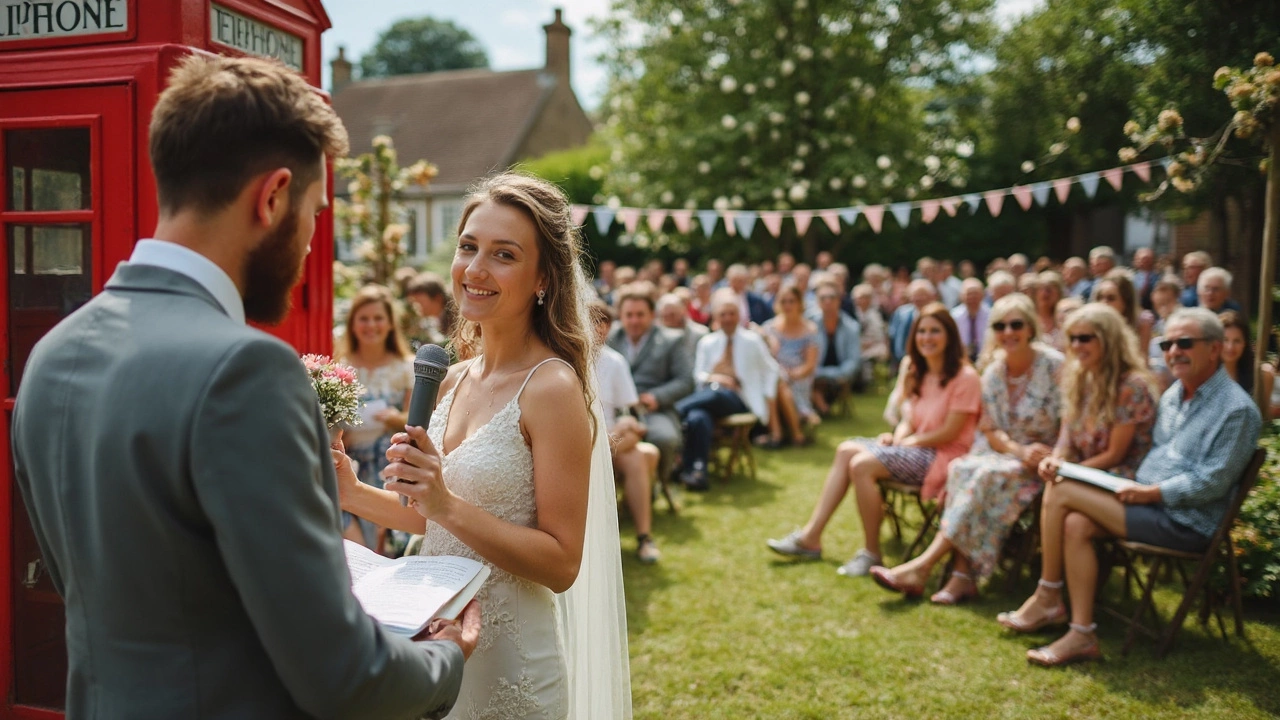
- May, 21 2025
- Comments 0
Is $5000 Enough for a Wedding? Budget Venues and Smart Planning Tips

- May, 4 2025
- Comments 0
Wedding Invitations: How Much Does the Average Person Spend?
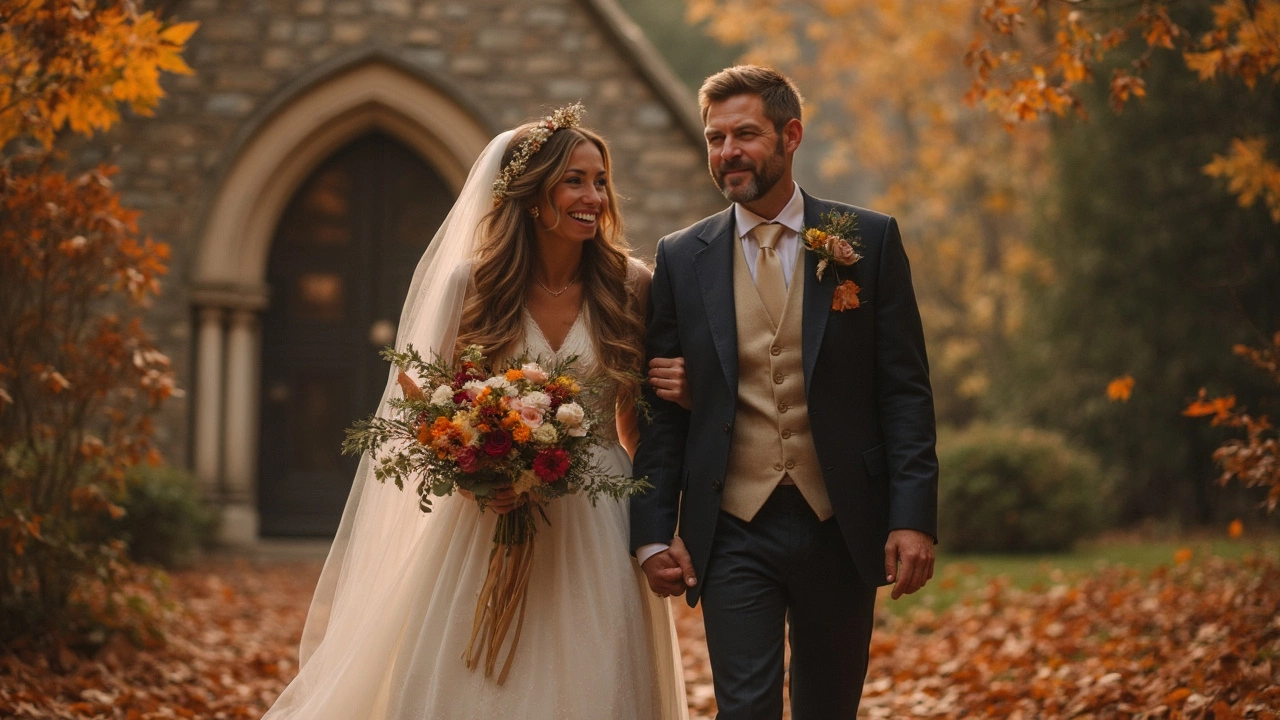
- Apr, 16 2025
- Comments 0
What's the Cheapest Month to Get Married?
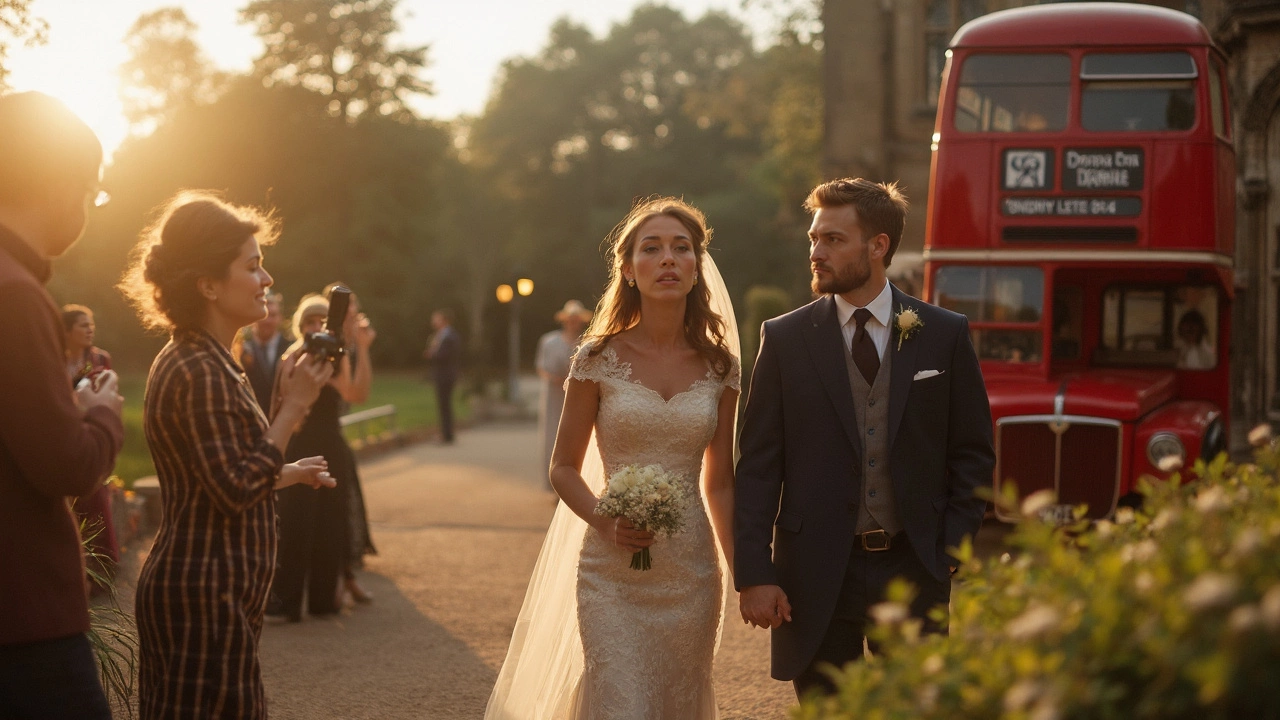
- Mar, 30 2025
- Comments 0
What is a Good Price to Pay a Wedding Photographer?
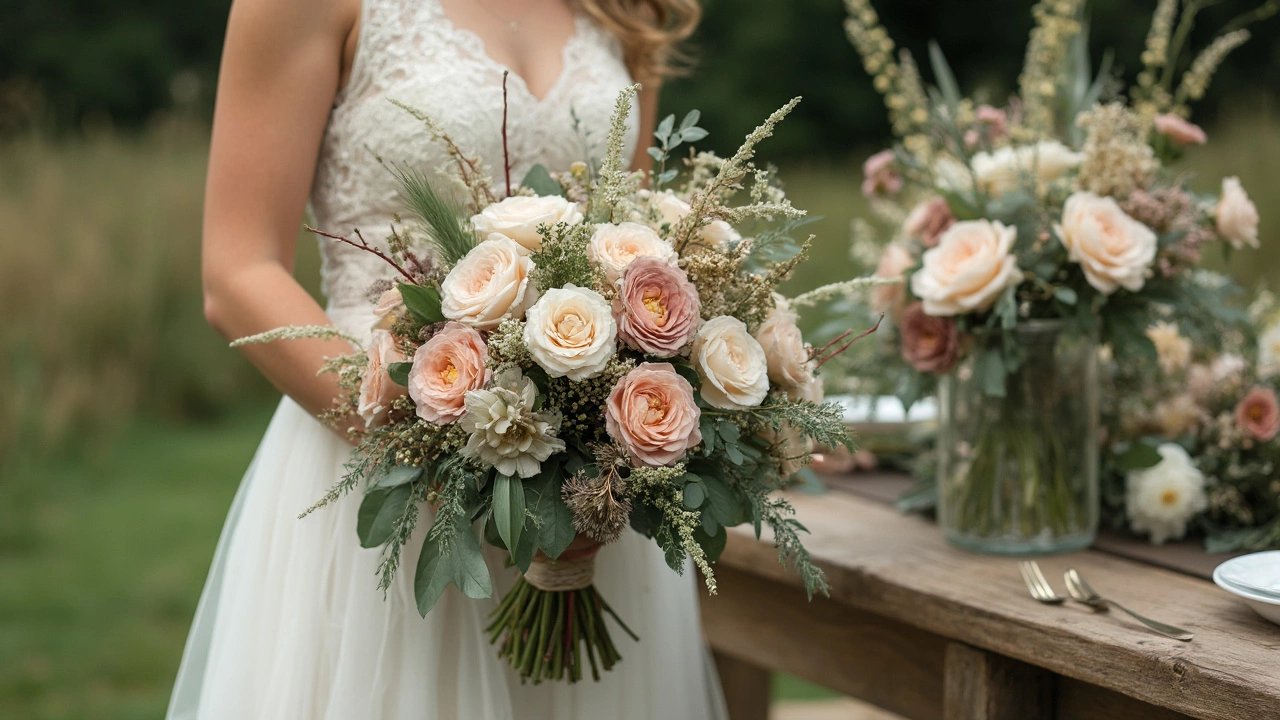
- Feb, 26 2025
- Comments 0
Wedding Budget: Flowers and Where to Save
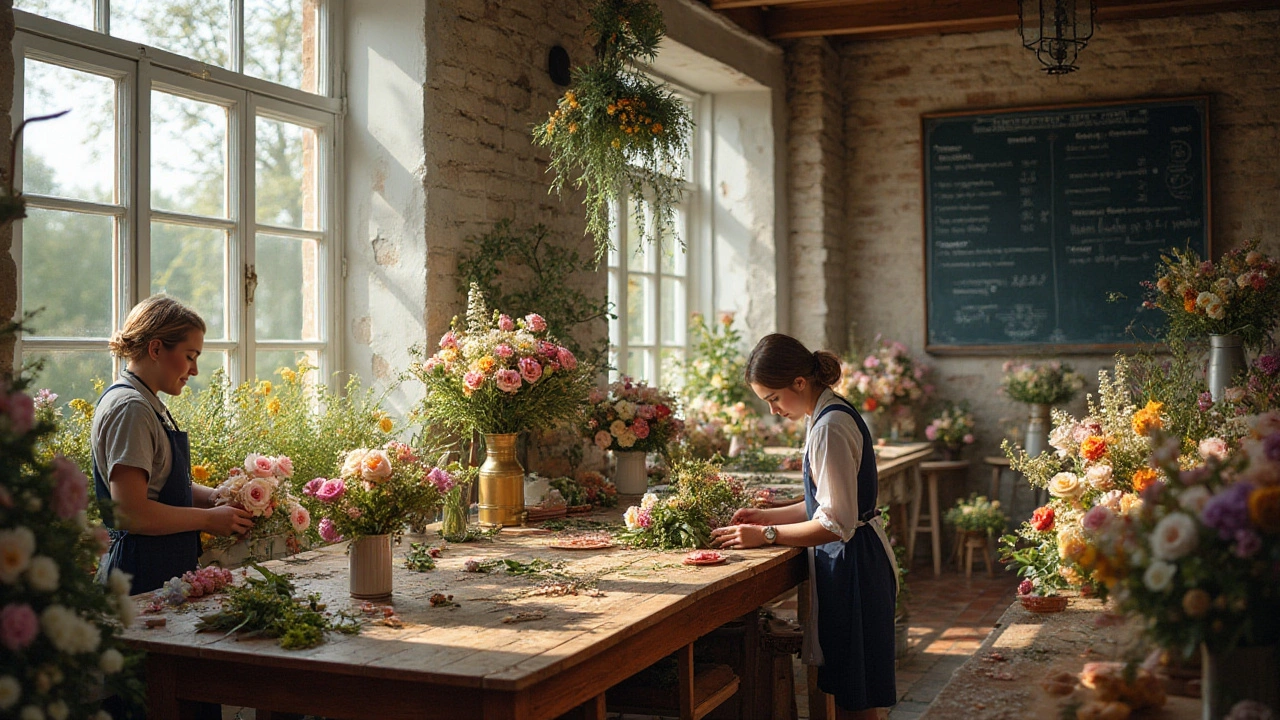
- Jan, 31 2025
- Comments 0
Is Spending $2000 on Wedding Flowers Worth It?
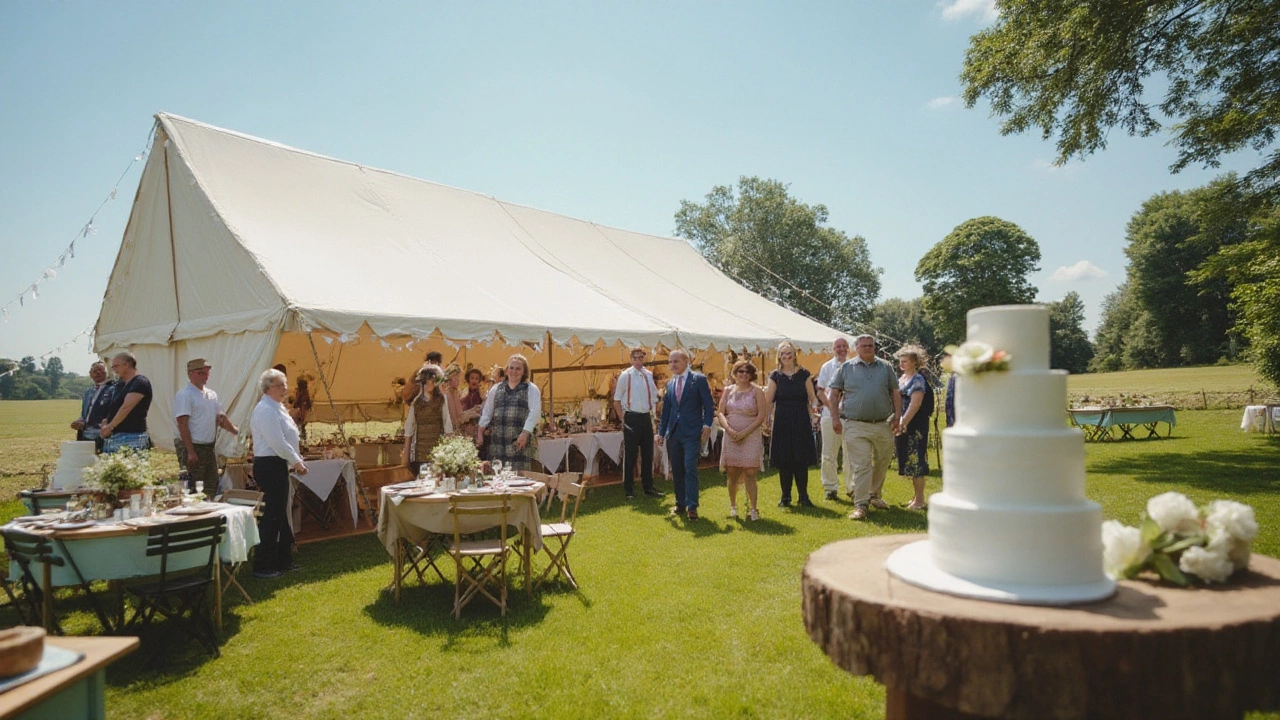
- Jan, 23 2025
- Comments 0
Smart Wedding Budgeting for 100 Guests: Tips & Tricks
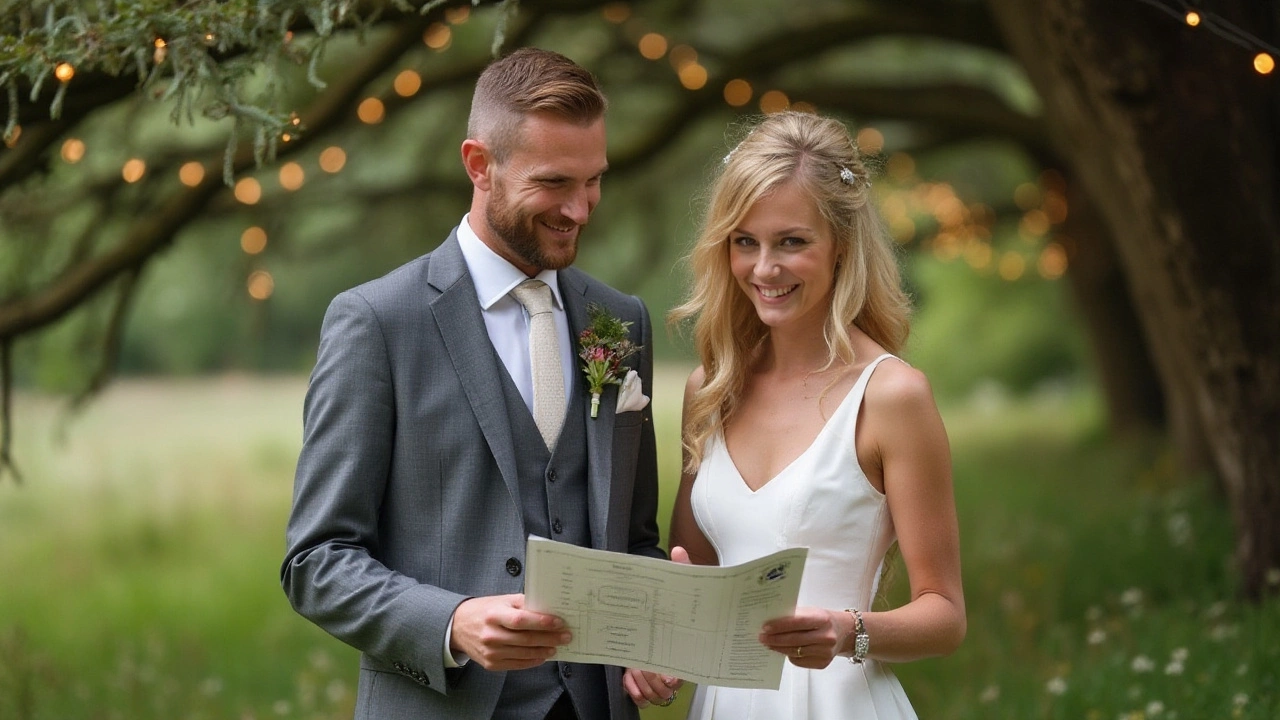
- Jan, 4 2025
- Comments 0